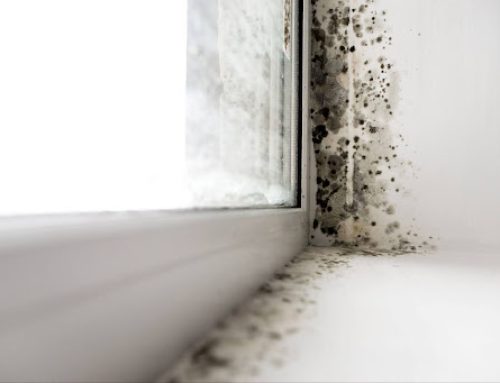Every process in construction projects normally involves the use of many construction materials. These materials must all be sourced from reputable suppliers to ensure that they are cost-effective, durable, and long-lasting. They must also be installed optimally so that the final building or property can certainly last for a long time.
One problem with construction projects is they tend to leave a lot of waste on-site. Some contractors may be cleaning them optimally, but others just leave some unused construction materials in random areas. The same group of contractors do not even clean the parts and surfaces of the newly constructed or renovated properties, making the whole place look dirty, dusty, and unhygienic.
Four Primary Types of Construction Waste
Generally, construction waste pertains to any product, object, matter, or substance generated by a wide array of construction works. These things are often abandoned by the contractors, leaving the cleaning part of the finished properties to the occupants or cleaning companies. Some processes that generate construction waste include site clearance, construction, renovation, refurbishment, excavation, and demolition.
To date, different types of construction waste can be found on-site. Some of them are as follows.
1. Dredging Materials: These materials are extracted during the preparation stage of a construction project. Some examples of these materials are trees, dirt, rocks, and stumps.
2. Insulation Materials: Insulation materials, alternatively, are materials that are intended to provide resistance to heat and corrosion. These materials often contain asbestos, which can be normally found in floor backing, gaskets, asphalt roofing, pipes, walls, and ceiling. Asbestos is highly hazardous. Hence, it requires to be handled properly.
3. Structural Materials: Other materials found after the construction of properties are used as part of their structural component. Some of these materials include concrete, bricks, tiles, and ceramics. As for the interiors of the properties, they are filled with wood, glass, and plastic. Metals, on the other hand, can be used in properties internally and externally. Drywall and cement, ultimately, are also mostly excessive construction waste left anywhere. They are often used as part of masonry and structural parts.
4. Finishing Materials: Paints, varnishes, adhesives, and sealants are finishing materials that can be extremely hazardous if not handled and discarded properly. When left somewhere on a property, they must be handled by professionals optimally.
Disposing of Construction Waste Properly
There are numerous reasons why construction waste must be disposed of properly.
One of the reasons why construction waste must be disposed of properly is to protect the occupants and others from hazardous elements. Some materials used for construction can injure people, especially if they have sharp edges. Others, alternatively, can emit toxic gases to the surroundings. Failure to remove them will only expose people to health risks.
Another reason construction waste must be discarded right away is to reduce costs. Leaving the construction waste on-site may only attract more maintenance costs, especially if they are left there for a very long time. These waste products, after all, may become the source of structural problems when left untouched for a long time.
Disposing of construction waste likewise makes a properly compliant with building codes and improves the reputation of the building. To ensure that your property will be free from construction waste, you can contact us at Master Cleaners when you need construction cleaning services.




